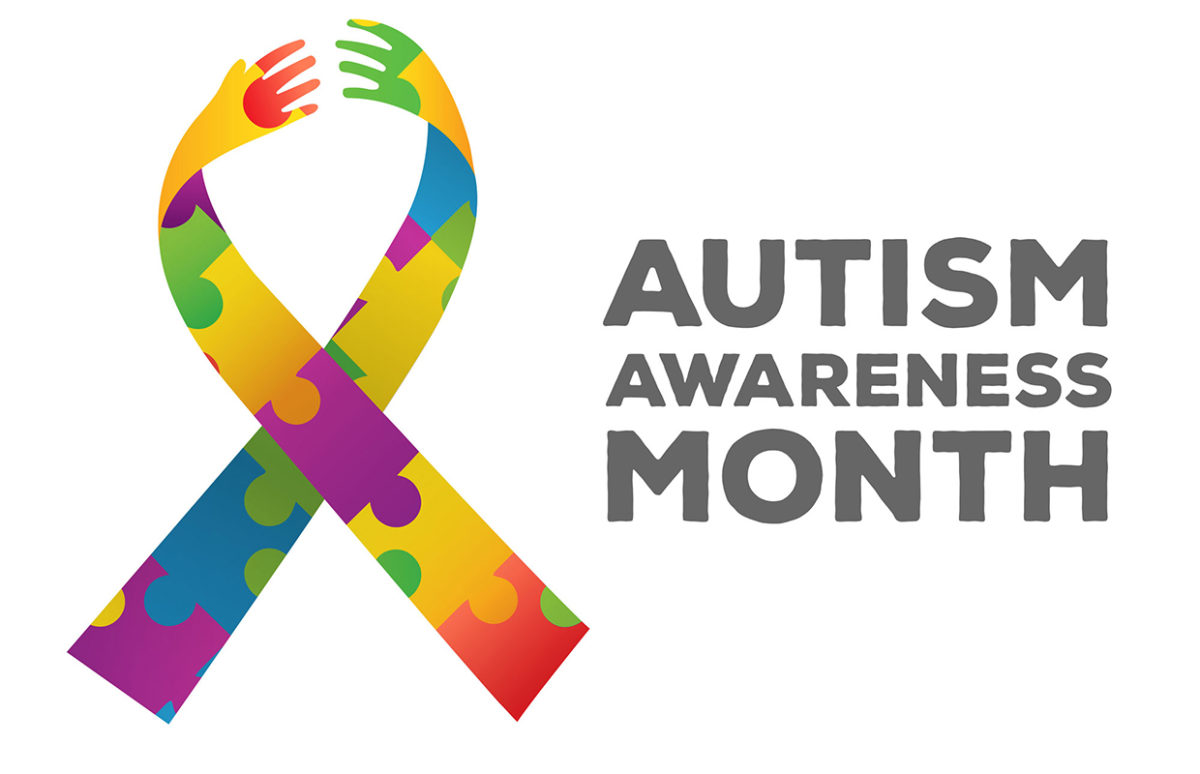World Autism Awareness Week 2021 (29 March to 4 April) is part of World Autism month. Why not use some of these excellent resources to sensitise your pupils to this issue? Perfect if you’re studying The Curious Incident of the Dog in the Night-time for LLCER but well worth the time for any class from A2.
One school child in 100 in the UK on the autistic spectrum. and over 40% of these say they have been bullied at school. In 2019, over four thousand schools took part in awareness and fundraising activities for Autism Awareness Week.
Autism UK has many examples of life stories of autistic people on their websites, which is an excellent way to help pupils empathise, and understand there is no one standard “autistic person”. In “Stories from the Spectrum”, for example, check out Valentine's Day with IndieAndy, Pablo (about a children’s TV programme) and Talia Grant.
Over 99% of people have heard of autism, but only 16% of autistic people feel the public understand them. Autistic people and their families told Autism UK that the big five things that they wanted the public to understand were that autistic people can:
- Need extra time to process information
- Experience anxiety in social situations
- Experience anxiety with unexpected changes
- Find noise, smells and bright lights painful and distressing
- Become overwhelmed and experience a 'meltdown' or 'shutdown'
TMI
For most of us “Too Much Information”, or “TMI” is just a phrase to use for to tell someone they are sharing too many intimate details with you: typically a teenager to a parent or vice versa. But for autistic people it is often a permanent reality. A common symptom in autism is an oversensitivity to sensory stimuli. That can be noise, light, smell or touch, or a combination of all of them. Some autistic people can’t bear to wear new clothes, for example. Older clothes that have been washed often are softer and the autistic person isn’t as constantly aware of them. Actress Talia Grey, who has Aspergers, explains that she has very sensitive smell and a strong smell can stop her from thinking properly because it mobilises so much of her consciousness.
So Britain’s National Autistic Society devised a campaign called Too Much Information, to try to explain to neurotypical people what an autistic person may be experiencing. Both these videos could be used from A2 as the point is not listening comprehension but describing an experience with the language tools the pupil has.
This short video appears to be a quiz show, but as it goes on, background sound starts to drown out the presenter’s words. This is one example of TMI for autistic people.
This short video tries to show how overwhelming sound and visual stimuli are for 11-year-old Alex Marshall on a visit to a shopping centre. There is almost no speech, just the slogan at the end, “I’m not naughty, I’m autistic, and I just get too much information.” However, this video is probably best used in class. It’s deliberately anxiety-inducing, to help non-autistic people understand, but that’s better controlled in a classroom than for a pupil watching the video alone.
This video has much more speech, although the animated images really help comprehension. It could be used from B1. It is an interview with Professor Temple Grandin, an American animal behaviour expert, and herself autistic, talking about how she thinks in a very visual way, like many innovators from Tesla to Einstein.
Tag(s) : "autism" "disabilities" "diversity" "The Curious Incident of the Dog in the Night Time" "videos"





